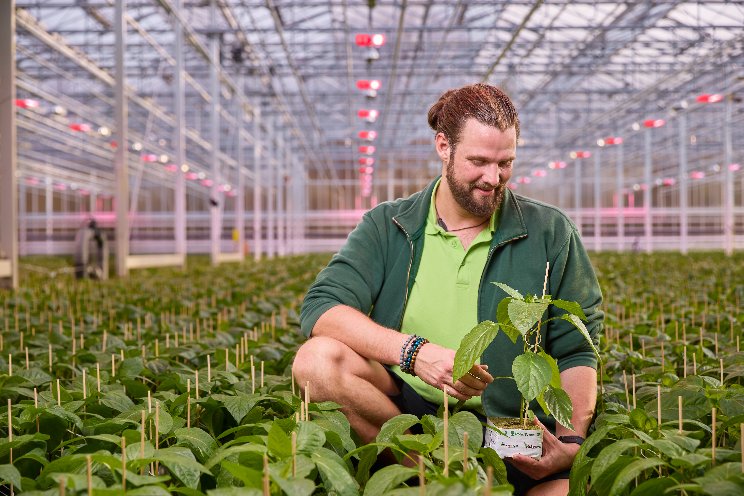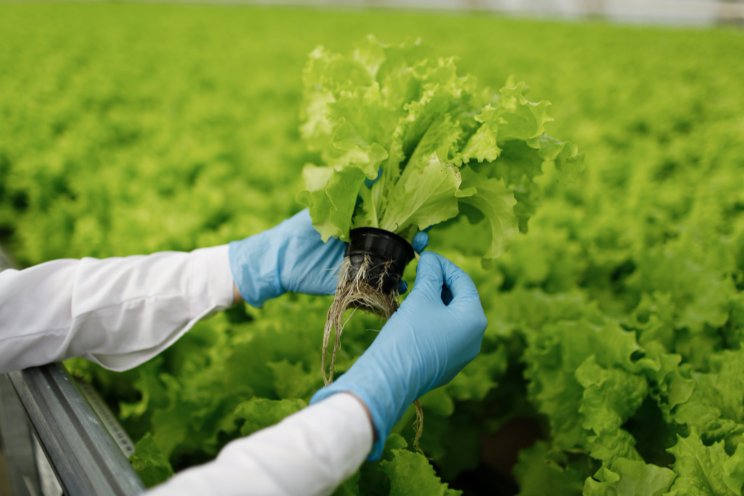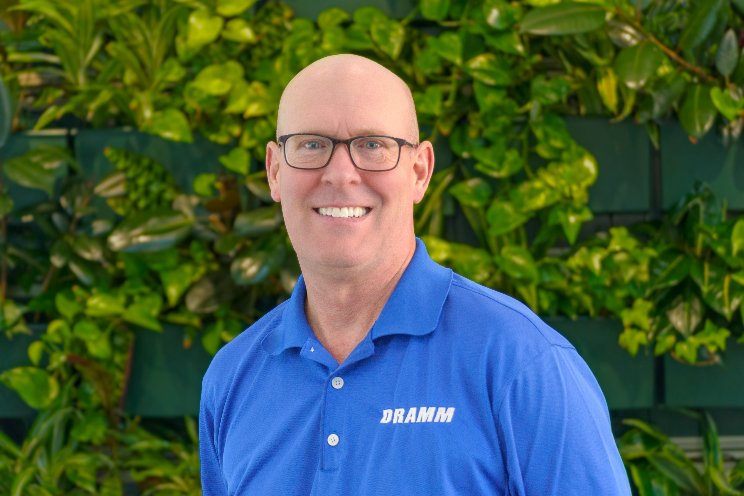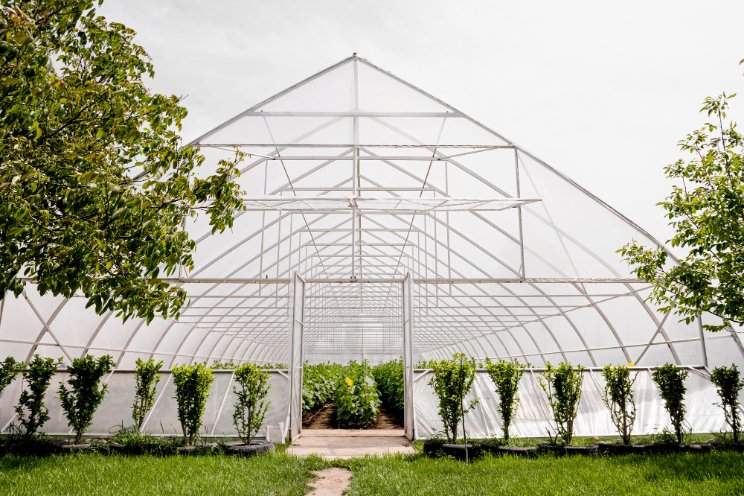Managing spotted spurge in the greenhouse
Added on 03 May 2023
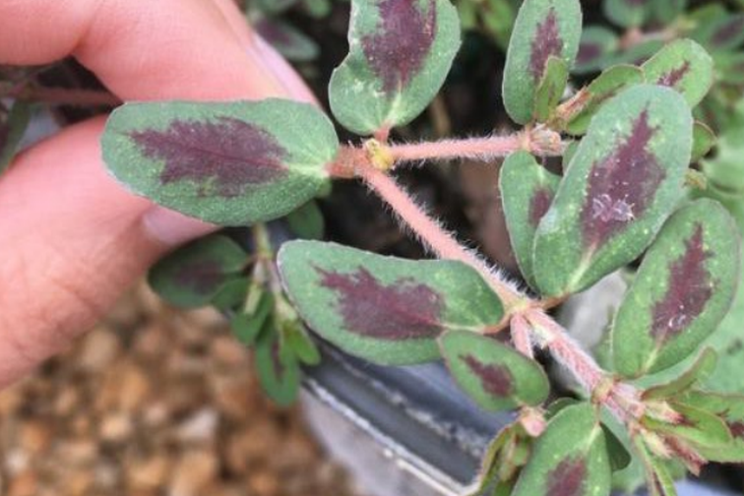
A recent e-GRO alert can help growers to identify spotted spurge, understand its biology, and develop strategies for its management.
Spotted spurge occurs in a wide range of habitats including vegetable production fields, lawns, citrus, ornamental beds, gardens, container nurseries, and greenhouses. It proliferates well in sunny conditions and occurs in a variety of soils.
Spotted spurge is a herbaceous, low-growing, mat forming summer annual, emerging in early to mid- summer. It has small (less than 0.5 inches long) linear or egg-shaped leaves arranged in opposite pairs. It has a prostrate growth habit with stems growing up to 2 feet and not more than a few inches high. There is often a dark spot in the center of leaf. Individual plants tend to form a mat, along the soil surface, with branches growing outwards from a central growth point in roughly radial patterns.
Photo: Reddish stems of spotted spurge with fine hairs, having opposite leaves with a purple spot along the middle vein. Courtesy of Debalina Saha, MSU Horticulture
More news
